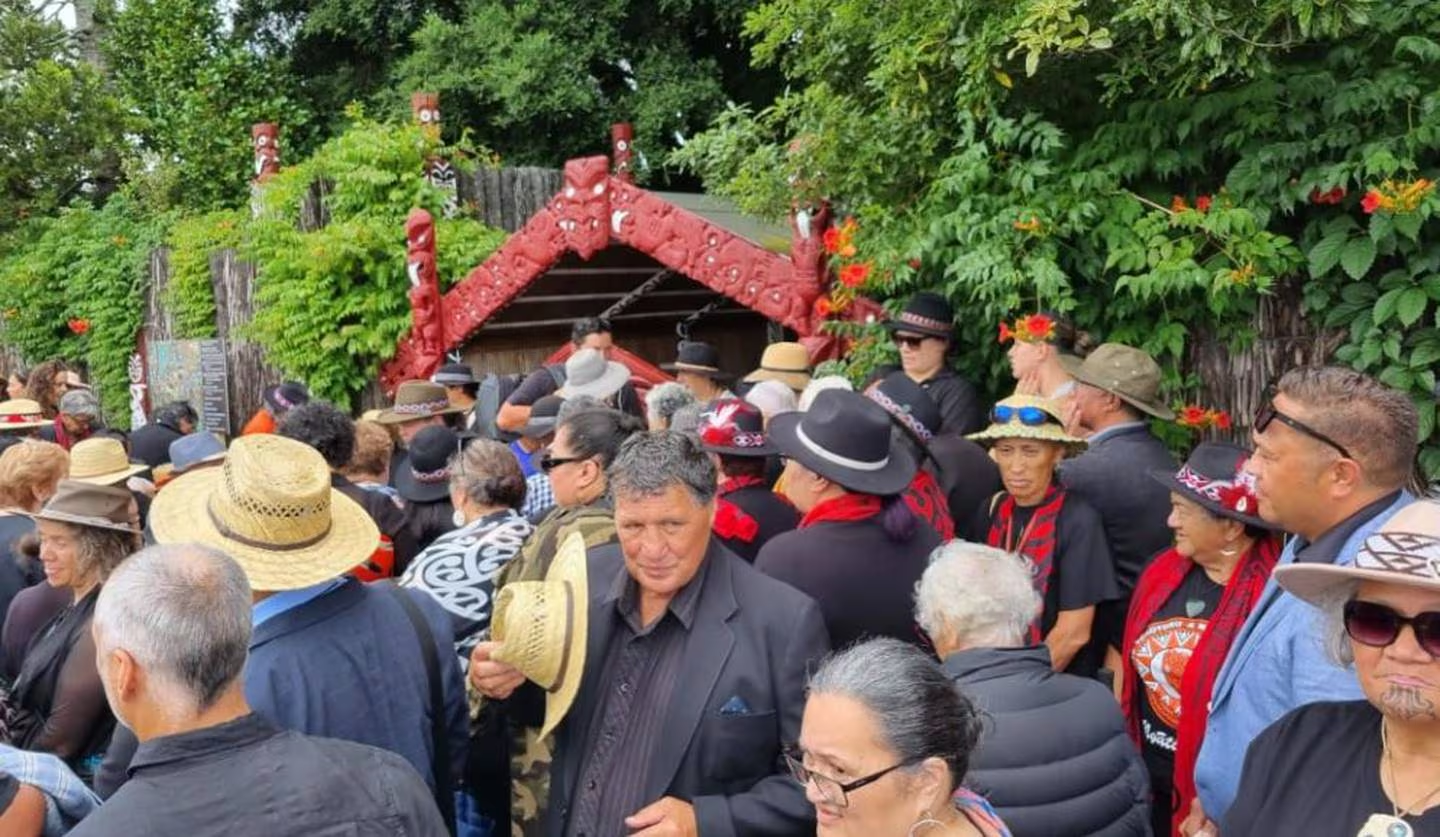
About 10,000 people attended the hui (meeting) hosted by the Māori king on Saturday, 7000 more than expected.
Ngāi Tahu Ōtākou rūnaka upoko (council head) Edward Ellison said the hui was very well conducted for having that many people.
The purpose of the hui was to unite Māori in response to the policies put forward by the new coalition government.
"To be able to have the opportunity to show that sense of unity, that kotahitanga [togetherness] — that was the No1 thing in the hui."
Mr Ellison was representing te Rūnaka o Ngāi Tahu along with kaiwhakahaere (chair) Justin Tipa and kaumātua (elder) and academic Tipene O’Regan.
He thought it was one of the most important hui he had ever been to and it was "more than worthwhile".
The hui included five separate forms and various speakers, all drawing on tikanga values and mindfulness.
People talked to one another in terms of their rangatiratanga (chieftainship) and challenges around their mana motuhake (self-determination).
"So the plan, going forward, is to build on the ways we look to ourselves, to strengthen ourselves and to respond to the challenges there may be around the Treaty and the interpretation of the Treaty — those sort of issues."
Mr Ellison felt it was "quite appropriate" Mr Luxon did not attend the hui, and he said it was enough he sent representatives and previously met with the Kīngi (King).
"It wasn’t about him, it was very much about Māori looking to themselves and saying, ‘right, we’re having these challenges, what is the best way to respond in a way that reflects our values and the way we do things?"’
A number of Tainui people said the hui was the biggest they had hosted since the Māori Queen Te Atairangikaahu died in 2006, he said.
In his address, Kīngi Tūheitia told those gathered at Tūrangawaewae Marae the turnout of Māori and non-Māori at the hui sent a strong message that the government would not be able to ignore.
Ngā Hau e Whā, kia Kotahi ra, a short but powerful statement shared by Kīngi Tūheitia signified the Hui aa Motu would extend to the four winds to strengthen the movement.
He said the Hui aa Iwi would continue to evolve and announced it would also be travelling to Te Waipounamu (the South Island) and Te Tai Rāwhiti (the East Coast).
Kīngi Tūheitia said the world was watching and the government would be foolish to underestimate what te ao Māori was capable of.
Indigenous nations across the globe were supporting the cause and the kohanga movement was shining through with a new generation of leaders, he said.
Kīngitanga chief of staff Archdeacon Ngira Simmonds said Saturday was an historical moment and reference point in future race relations in Aotearoa.
"The work begins now.
"We will continue to show that we’re strong and prepared to lead.
"As te Kīngi reminded us, the best protest is to be Māori — to be who we are, live our values, speak our reo, care for our mokopuna, our awa, our maunga."
There was a wide range of views expressed in speeches and submissions and they would be captured in a written report to be shared with Te Iwi Māori in the coming months. — Additional reporting RNZ












